
 Ardour è un programma di registrazione ed elaborazione audio professionale Open Source, rilasciato sotto la licenza GNU General Public License. Attualmente installabile su Linux, Solaris, e Mac OS X. Consente la registrazione multitraccia in realtime.
Ardour è un programma di registrazione ed elaborazione audio professionale Open Source, rilasciato sotto la licenza GNU General Public License. Attualmente installabile su Linux, Solaris, e Mac OS X. Consente la registrazione multitraccia in realtime.L'autore e principale sviluppatore è Paul Davis, autore anche del software JACK Audio Connection Kit.
L'ultima release rilasciata pochi giorni fa è la 2.8 rilasciata il 27/03/2009.
Caratteristiche
La seguente lista è solo una panoramica delle caratteristiche di Ardour e include solo le essenziali. La spiegazione di tutte le sue caratteristiche non è lo scopo di quest'articolo. Le troverete in questo tutorial.
Registrazione
Le capacità di registrazione di Ardour sono limitate solo dall'hardware su cui è installato. Non ci sono limitazioni software, più la capacità dell'hardware è alta, più Ardour sarà in grado di registrare. Se l'hardware non è dei più potenti ardour riconosce automaticamente le zone in cui viene risentita la latenza e corregge automaticamente gli errori posizionando la registrazione dove avrebbe dovuto essere senza latenza.
Mixaggio
Ardour rende disponibili infinite tracce e bus, ovviamente anche in questo caso il limite è dato solo dall'hardware in uso. I parametri di gain, pan e plugin possono essere completamente automatizzati. I dati campione sono mixati e mantenuti interamente in 32 bit per la massima fedeltà della definizione sonora.
Editing
Ardour supporta il drag, il trim, lo split e il timestretching alle zone registrate con risoluzione sample-level. Un crossfade editor versatile e una beat machine sono inclusi in Ardour. Con Ardour è possibile effettuare infiniti "undo/redo", e ha anche la caratteristica "snapshot", per salvare lo stato corrente del progetto.
Mastering
Ardour può essere usato come ambiente di masterizzazione e finalizzazione. La sua integrazione con JACK rende possibile l'utilizzo di strumenti di mastering come JAMin per il processo dei dati audio. Ardour può anche esportare in formato TOC e CUE, che permettono la creazione di CD audio.
Midi
Ardour supporta frequenze di campionamento digitale differenti legate alla misura della capacità dell'hardware, agli input ed output e al numero differente di formati di file. MMC (MIDI Machine Control) e le superfici dei controlli MIDI generici possono essere usati per controllare e mixare anche manualmente, o automaticamente.
Compatibilità
Siccome Ardour è un'applicazione open source, chiunque può leggere e modificare il codice sorgente del programma. Questo permise il primo port di Ardour su Mac OS X.
Ardour è stato testato e lavora correttamente su Linux, sulle architetture X86 64, X86 e PPC, su Sun Solaris e Mac OS X (Intel e PowerPC). Si avvantaggia del multiprocessore e multicore SMP e delle caratteristiche realtime di questi sistemi operativi.
Riportiamo l'elenco dei plugins disponibili dalla Home Page di Ardour:
Ardour does not come with any built-in signal processors of its own (other than volume faders) and it also generally doesn't ship with any plugins. This page provides informations on plugins that you can use with Ardour, many of which are available at no charge.
What plugin formats can I use with Ardour?
On Linux, as of version 2.5, you can use LADSPA and LV2 plugins. If you build Ardour yourself, it is also possible to use Windows VST plugins, though not all will function correctly (you would be using software for a different operating system - it cannot be expected to be perfectly reliable). The Linux Audio Consortium maintains a page documenting various kinds of VST compatibility for Linux.
On OS X, as of version 2.5, you can use LADSPA, LV2 plugins. The native release also supports AudioUnit (AU) plugins.
Where do I get plugins from?
The following list shows plugin packages. In some cases, a package contains just 1 or 2 plugins; in other cases, dozens.
LADSPA
- AMB http://kokkinizita.net/linuxaudio/index.html
- Blepvco http://www.smbolton.com/linux.html
- Blop http://blop.sf.net
- CAPS http://quitte.de/dsp/caps.html
- CMT http://www.ladspa.org/cmt/
- FIL http://kokkinizita.net/linuxaudio/index.html
- FOO http://www.studionumbersix.com/foo/
- MCP http://kokkinizita.net/linuxaudio/index.html
- NJL http://www.ecs.soton.ac.uk/~njl98r/code/ladspa/njl-plugins/
- Omins http://www.nongnu.org/om-synth/omins.html
- REV http://kokkinizita.net/linuxaudio/index.html
- SWH http://plugin.org.uk/
- TAP http://tap-plugins.sourceforge.net/
- VCF http://www.suse.de/~mana/ladspa.html
- VCO http://kokkinizita.net/linuxaudio/index.html
- VLevel http://vlevel.sourceforge.net/
- Vocoder http://www.sirlab.de/linux/download_vocoder.html
- WASP http://linux01.gwdg.de/~nlissne/wasp/index.html (mar wanted!)
- Nova https://tim.klingt.org/nova/download/nova_filters-0.2.tar.bz2
- Calf http://calf.sourceforge.net/
- Socal’s LEET Plugins http://code.google.com/p/leetplugins/
- Invada plugins http://www.invadarecords.com/Downloads.php?ID=00000263
- DSSI-VST 0.7 now with LADSPA Extensions http://www.breakfastquay.com/
- Holap synthesizer and DSP effects http://holap.berlios.de/
LV2
- SWH http://plugin.org.uk/lv2/
- ll-plugins http://ll-plugins.nongnu.org/
- zynadd http://home.gna.org/zyn/
- Calf http://calf.sourceforge.net/
How do I install plugins
Installation will vary a little depending on how you get plugins. If you use Linux and your repository has a particular plugin package, just install it using the normal software package management tool for your system.
If the package isn't available, then you can build the plugins from source (plugins are generally fairly easy to compile). LADSPA Plugins need to be installed in either /usr/lib/ladspa, /usr/local/lib/ladspa or in a directory mentioned in your LADSPA_PATH environment variable. LV2 plugins need to installed in either /usr/lib/lv2, /usr/local/lib/lv2 or a directory mentioned in your LV2_PATH environment variable.
The same rules apply on OS X. Some plugins are available from the ardour.org website, the macports system may make some others available. Others you will need to compile. We hope to work on making a complete "recommended" LADSPA plugin set available for OS X. AudioUnit plugins have their own installation process that tends to just work.
What plugins are recommended?
The list above provides nearly 200 plugins. Some of these are fantastic, some are good, some are usable and a few are really horrible. Below we mention our recommendations for particular "categories" of effects plugins.
EQ
- SWH: Triple Parametric with Shelves
- A very good EQ but the initial parameters are wrong. Always set all frequency values above 1Hz.
FILTERS
- MCP: mvclpf/mvchpf
- low- and high-pass filters that provide accurate implementations of the classic Moog voltage controlled filters.
DYNAMICS PROCESSORS
- SWH: SC4
- many people like this compressor, though some people find that it can be a little over-sensitive. It has a useful meter showing the amount of compression being applied.
- SWH: Barry's Satan Maximizer
- a maximizer that can easily get out of control but can do amazing things, particularly for percussion
REVERB, ECHO, DELAY
- CMT: Freeverb
- a basic but often much appreciated reverb plugin.
- CAPS Plate
- dark, realistic plate sound
- TAP Reverb
- some good presets
- REV: GVerb
- there are two reverb plugins called GVerb. They both sound very good and "smooth", but this one is somewhat more efficient in terms of CPU use.
FLANGERS, PHASERS etc.
MISCELLANEOUS
- SWH: Vinyl Emulation
- in search of that nasty vinyl noise? a little more heat-induced warp? this is very very good at this.
- SWH: Tube Warmth
- Adds some extra punch and presence. Apply individually to each track in varying amounts for best results… Set to “Tube” for adding warmth, “Tape” for adding presence.













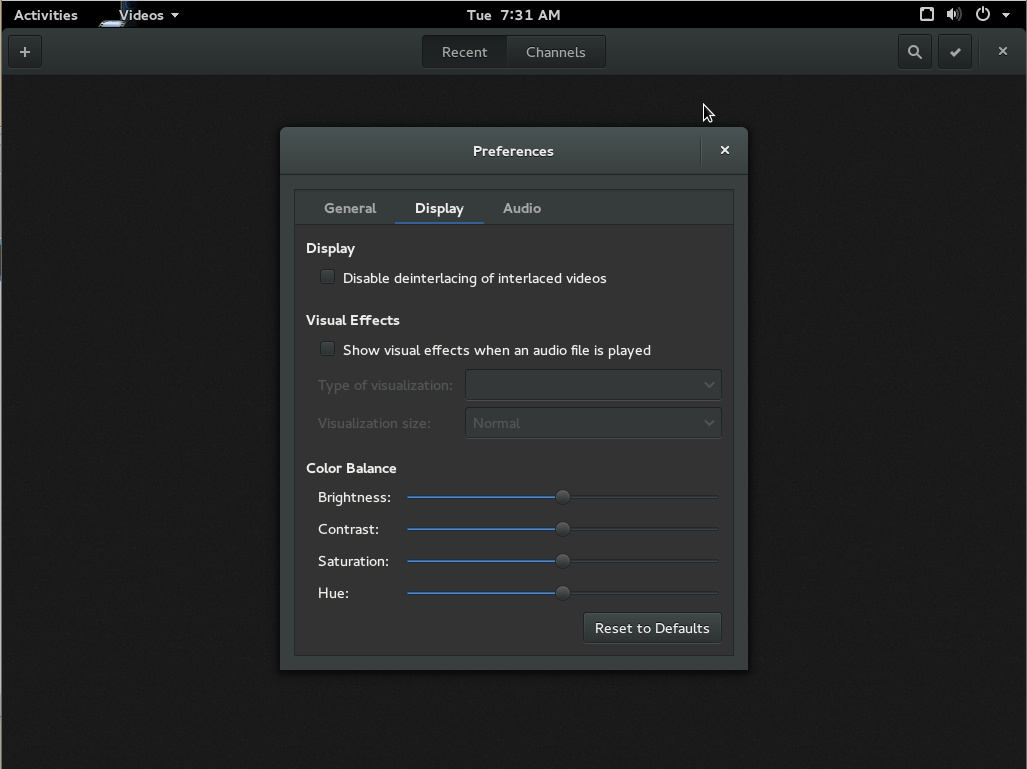
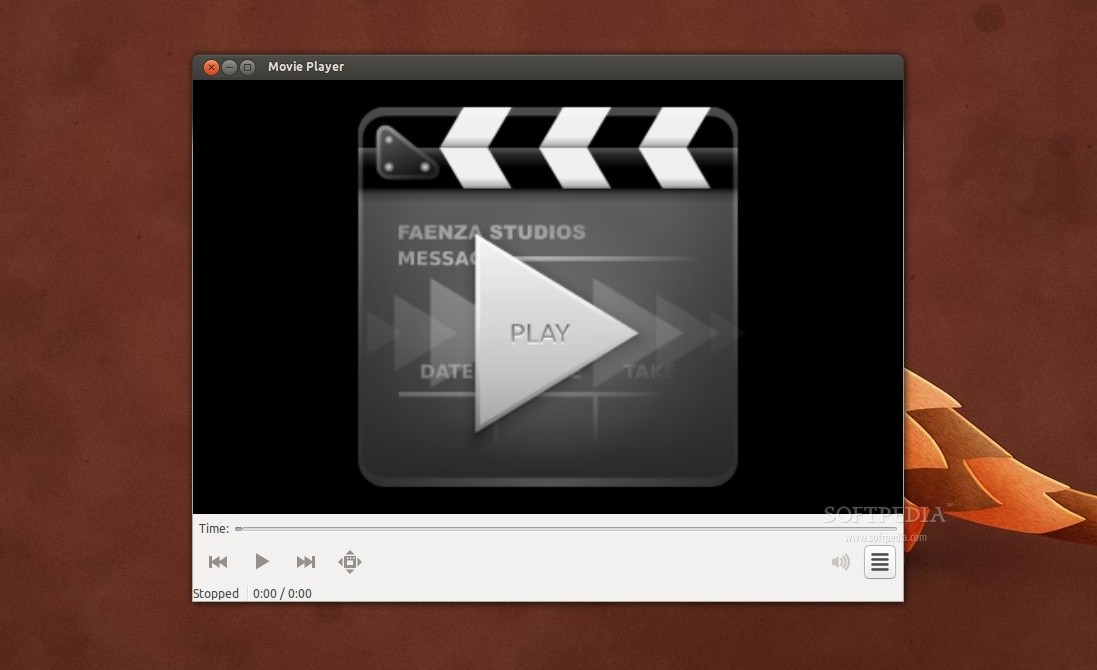

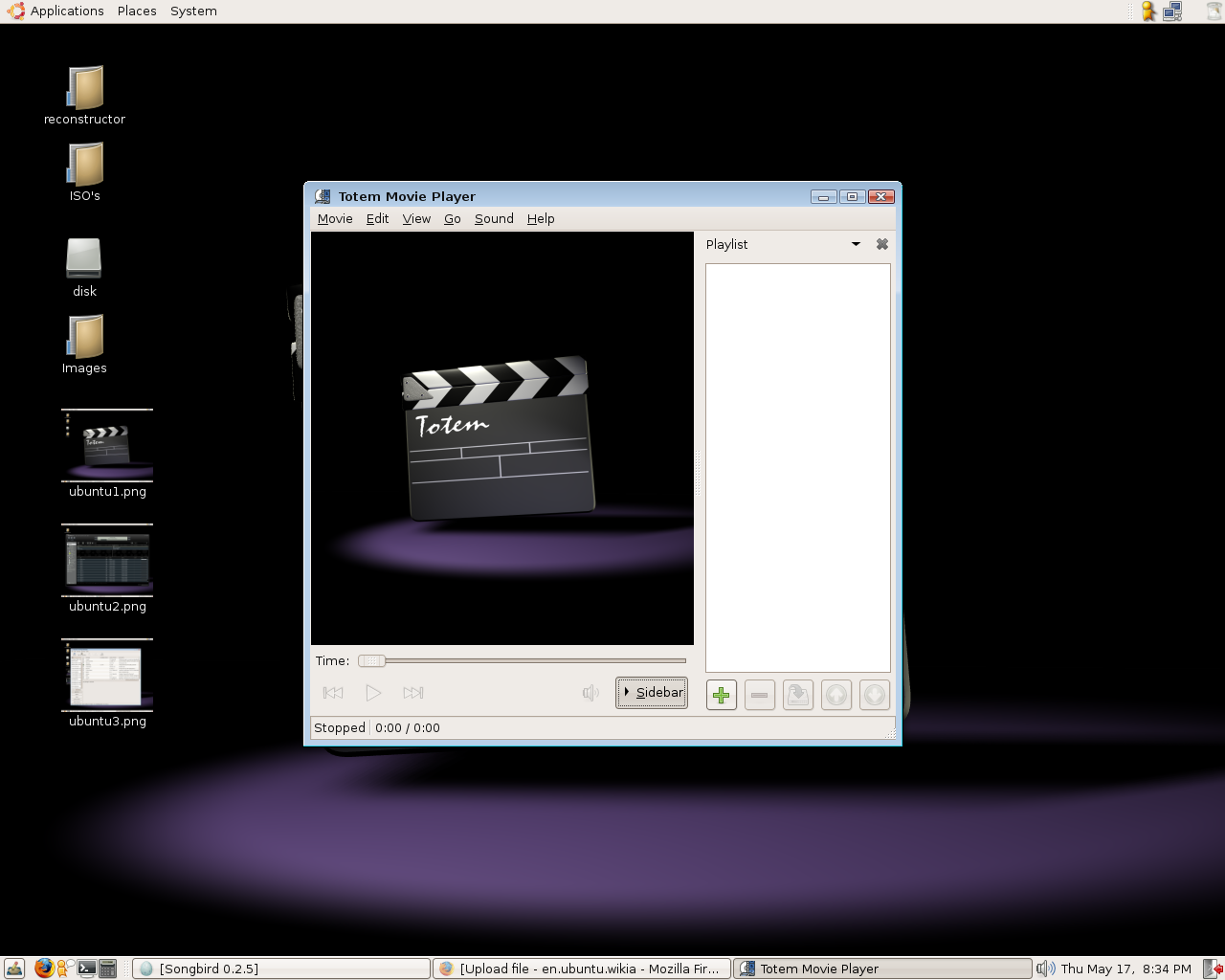
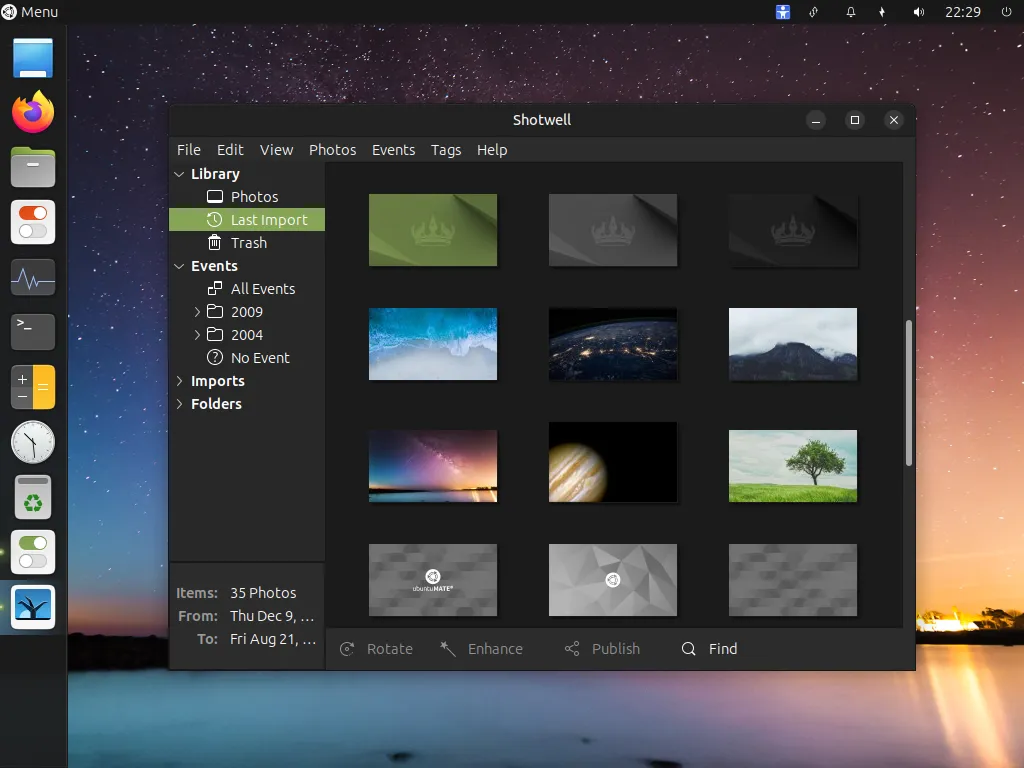
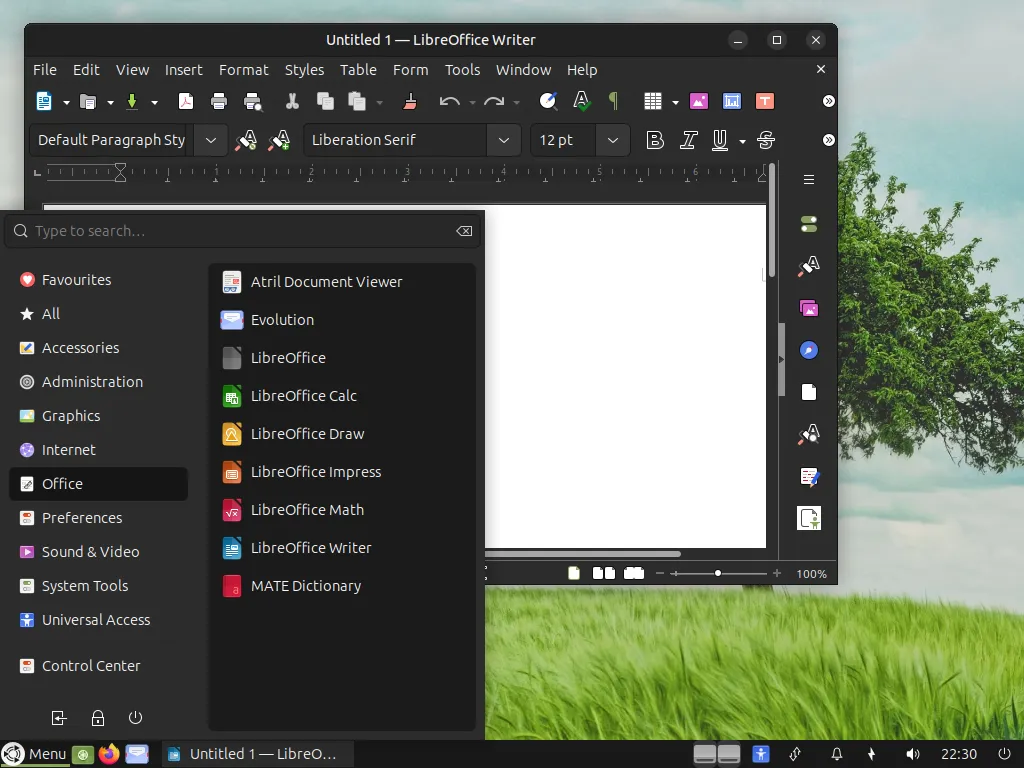
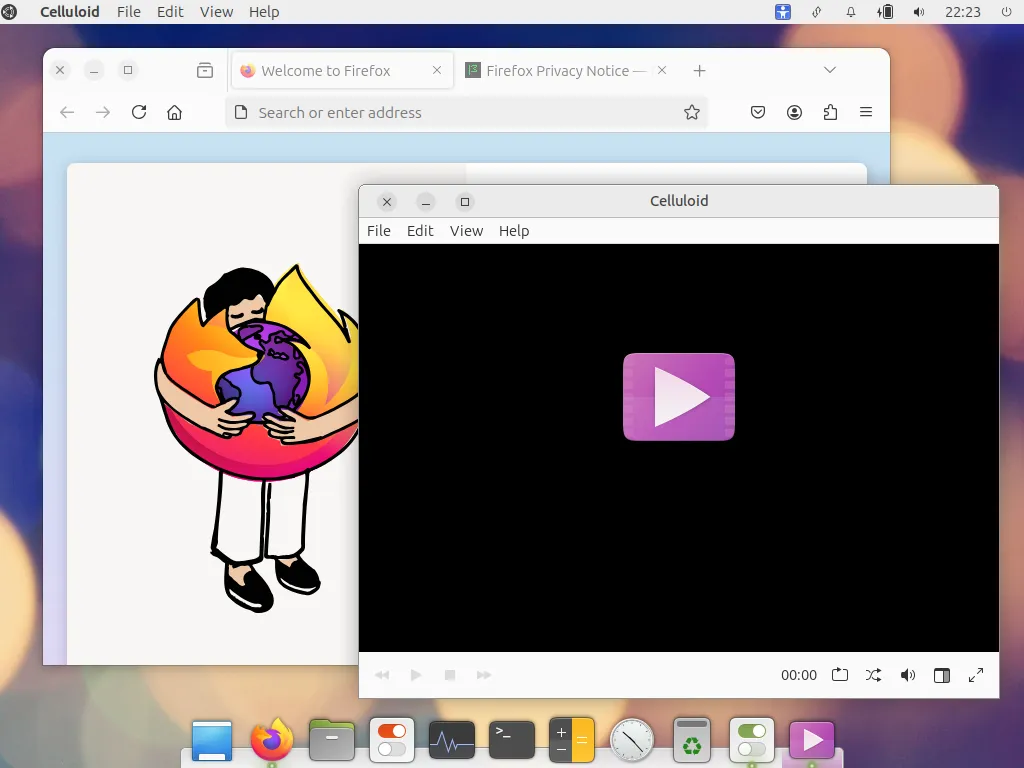


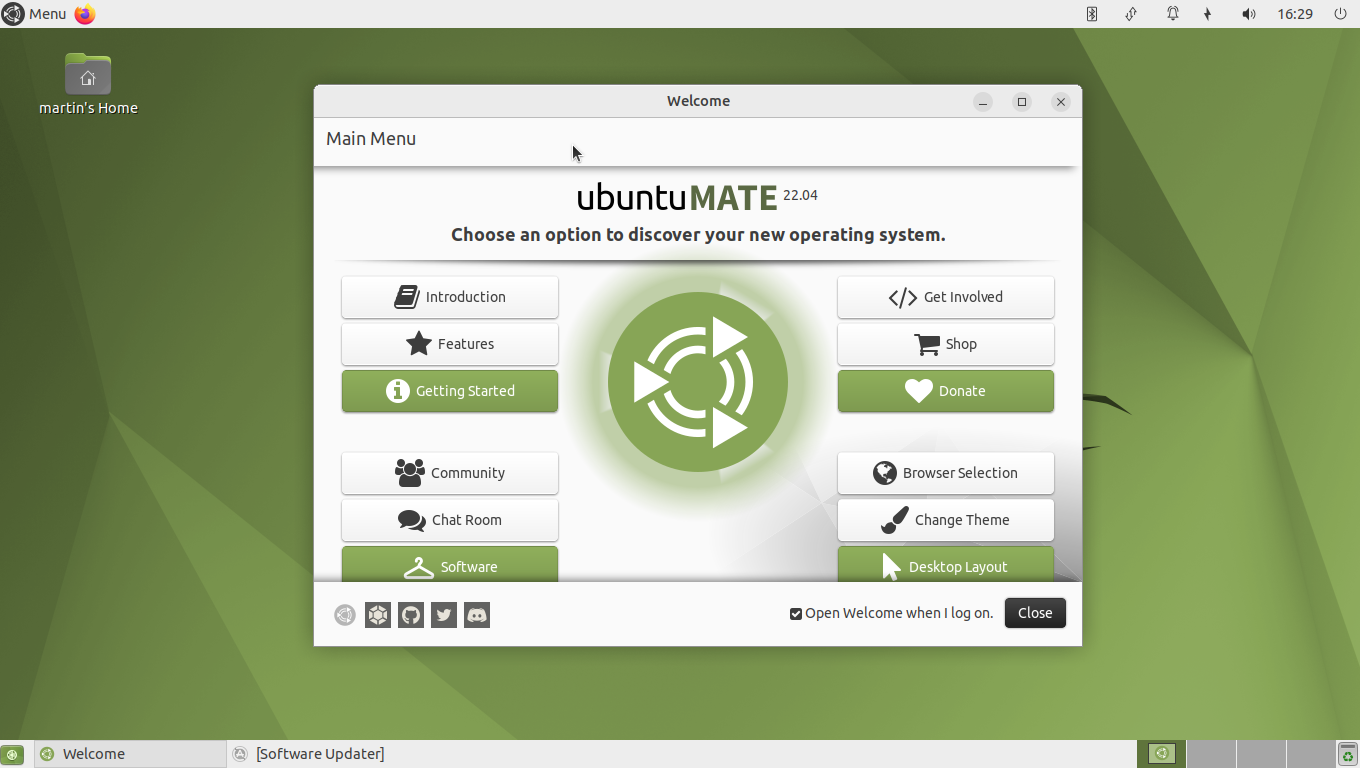











Nessun commento:
Posta un commento
Non inserire link cliccabili altrimenti il commento verrà eliminato. Metti la spunta a Inviami notifiche per essere avvertito via email di nuovi commenti.